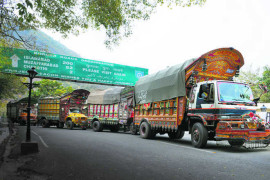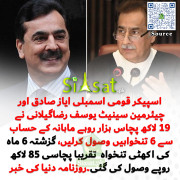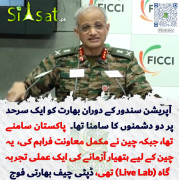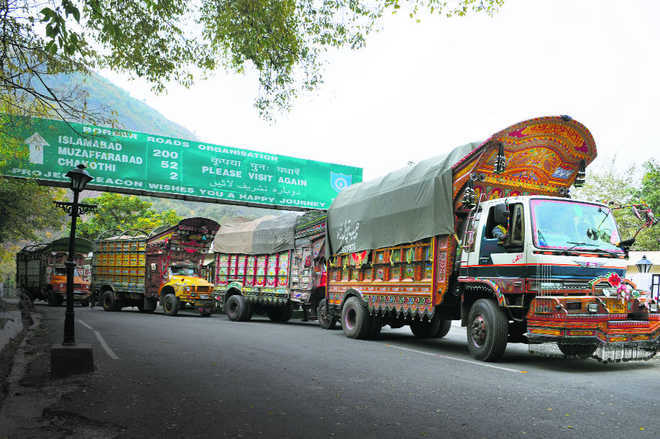Salik
Senator (1k+ posts)
SRIHARIKOTA (ANDHRA PRADESH): India's GSLV-D3 rocket, powered for the first time by an indigenous cryogenic engine, blasted off on time here on Thursday with a GSAT-4 satellite. But there was tension minutes later as the rocket stopped emitting signals.
After the rocket attained a height of 60 km, scientists at the control room here said they'd stopped getting signals.
Two rocket engines failed to ignite, added an ISRO official.
So far only the US, Russia, European Space Agency, China and Japan have developed cryogenic engines. The successful launch of GSLV-D3 would have placed India in the elite league of masters of cryogenics, the science of very low temperatures. The cryogenic engine gives higher thrust than conventional liquid and solid propellants to launch satellites weighing more than 4,000kg in geosynchronous orbit.
http://timesofindia.indiatimes.com/articleshow/5811717.cms?prtpage=1
After the rocket attained a height of 60 km, scientists at the control room here said they'd stopped getting signals.
Two rocket engines failed to ignite, added an ISRO official.
So far only the US, Russia, European Space Agency, China and Japan have developed cryogenic engines. The successful launch of GSLV-D3 would have placed India in the elite league of masters of cryogenics, the science of very low temperatures. The cryogenic engine gives higher thrust than conventional liquid and solid propellants to launch satellites weighing more than 4,000kg in geosynchronous orbit.
http://timesofindia.indiatimes.com/articleshow/5811717.cms?prtpage=1



































